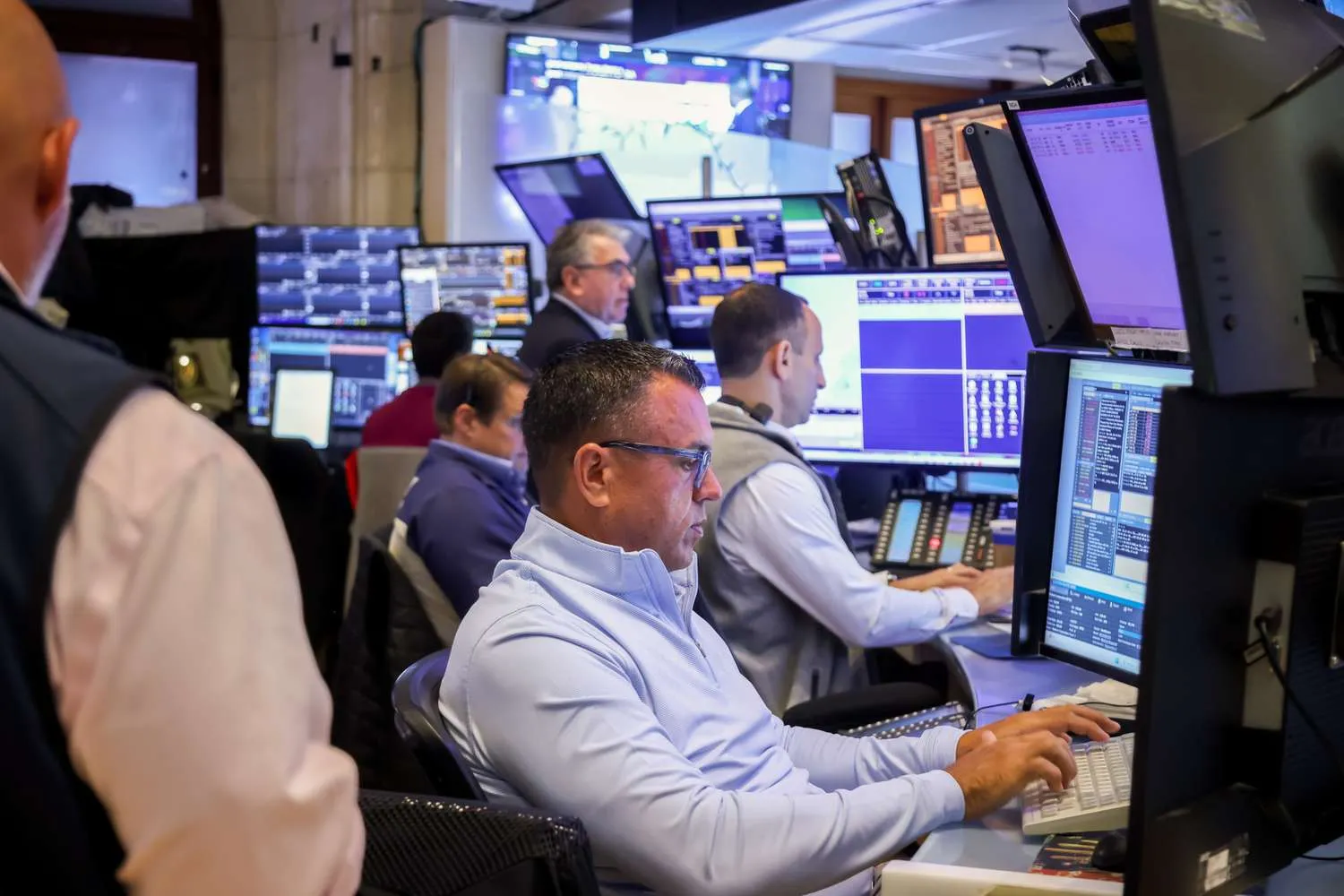U.S. stock futures ticked up, while Asian markets showed a mixed reaction, after former President Donald Trump hinted at slapping a 100% tariff on imported semiconductors—a move that stirred fresh uncertainty among global investors.
Futures tied to the S&P 500 and Nasdaq 100 climbed during early Thursday trading in Asia, reversing earlier declines as traders tried to assess which American firms might be impacted by Trump’s latest trade threat. In extended U.S. trading hours Wednesday, shares of Nvidia Corp. and Apple Inc. moved higher, while Broadcom Inc. saw a pullback.
Equity index futures for Japan and Australia dropped, while Hong Kong futures rose, highlighting the divided sentiment across Asian markets.
Late Wednesday in the U.S., Trump announced plans to impose a 100% tariff on chips and semiconductors, stating the levy would only apply to products made overseas. “But if you’re building in the United States of America, there’s no charge,” Trump said.
The announcement came alongside Apple CEO Tim Cook’s unveiling of a $100 billion domestic investment initiative, made public during a joint appearance with Trump in the Oval Office. The alignment of these announcements suggested a strategic push to encourage tech manufacturing within U.S. borders.
While Trump’s tariff comments added volatility to markets, Wednesday had largely been a positive day for Wall Street. U.S. stocks gained ground, short-term Treasury yields dipped, and the dollar softened, as investors grew more confident that the Federal Reserve may soon cut interest rates to support a slowing economy.
Adding to that optimism were remarks from top Fed officials. Mary Daly, President of the San Francisco Fed, said rate adjustments may be necessary soon to prevent further deterioration in the labor market. Neel Kashkari, who heads the Minneapolis Fed, echoed that sentiment, stating that signs of an economic slowdown could justify a rate cut in the near future.
In a separate development, sources familiar with internal discussions revealed that Trump may appoint an interim Federal Reserve governor to fill an upcoming vacancy on the central bank’s board. The potential nomination adds another layer of intrigue to ongoing policy debates, especially with the Fed facing mounting pressure to act in the coming months.
Looking ahead to Thursday in Asia, investors will be watching a fresh round of economic indicators from key markets. These include trade figures from Australia and China, inflation expectations in New Zealand, and Malaysia’s industrial production numbers.
In addition, all eyes will be on the Bank of England, which is widely expected to announce an interest rate cut later in the day. This decision could add to the broader global trend of central banks turning dovish in response to economic headwinds.
Trump’s renewed trade rhetoric, centered on punishing offshore chip production while favoring U.S.-based manufacturing, has added a fresh wrinkle to investor sentiment. While his comments briefly unsettled markets, the strong performance of tech giants like Apple and Nvidia after hours suggests that investors are betting on exemptions and domestic benefits.
Meanwhile, the Federal Reserve’s evolving tone and the prospect of additional stimulus are keeping markets buoyant despite signs of economic cooling. With rate cuts now viewed as increasingly likely, both stock and bond markets are responding positively to the potential for easier monetary policy.
However, ongoing geopolitical tensions, uncertainty over trade policy, and new appointments at the Fed mean investors will need to stay nimble. As more economic data rolls in from Asia and central banks respond to shifting conditions, markets are likely to remain volatile but upwardly biased—at least for now.

Subscribe to our newsletter!
As a leading independent research provider, TradeAlgo keeps you connected from anywhere.








